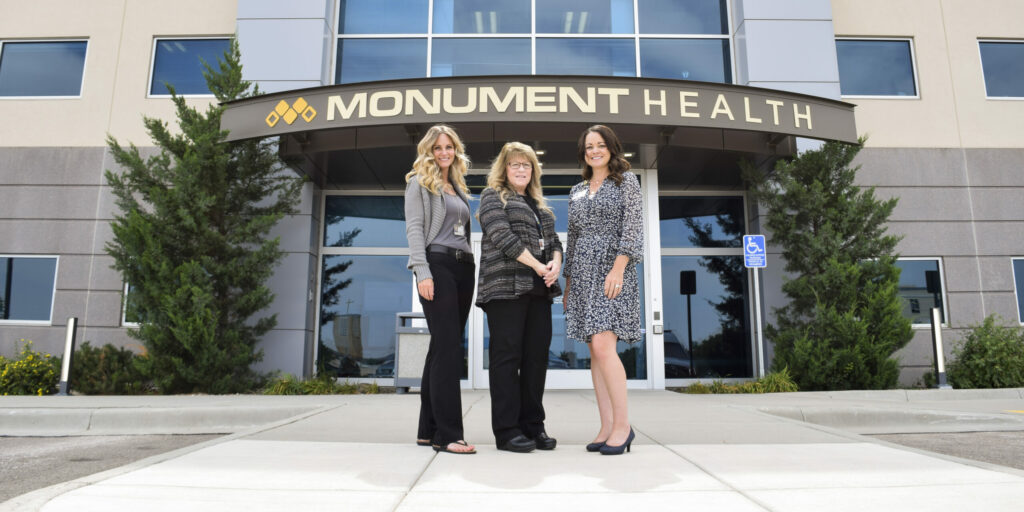

At Monument Health physicians and clinical caregivers like nurses and nursing support always strive to provide excellent care to patients. Other caregivers work to facilitate that goal in whatever role they fill in the organization. For everyone at Monument Health to do the best possible job, they need to be in the right environment. Sometimes that means expanding into new space, or moving into existing space.
When departments move into new facilities — or into existing facilities that have been vacated or remodeled — it’s not as simple as packing up a desk and walking down a hall. Instead, it’s a detailed process of assessing the best use of a space, selecting the right furniture for the location, scheduling movers around patient appointments, ensuring that IT can network the facility and finally carrying out the plan effectively.
There’s a lot more to it than most people are aware of, but that’s where Real Estate and Space Planning— the “move team” — comes into play. This team manages all space requests for new and existing facilities, moving caregivers, new furniture orders, old furniture reassignment and the artwork displayed in all of Monument Health’s healing environments.
“A lot of people outside of Monument Health ask what department I work in, and when I tell them Real Estate and Space Planning, they don’t quite understand why that’s required for a hospital,” says Liz Kaiser, Space Management Specialist. “But we have many departments that are growing. Sometimes that means new construction, and sometimes they have just outgrown their current space and need to relocate to an available space that’s larger.”
“When a department needs to change space, they begin by getting approval from their Director or Vice President and then placing a request,” says Renee Tempesta, Space Planning Manager. The “move team” then assesses whether the move makes sense, taking into consideration: appropriate space for patient care, ease of access for patients, how the move will affect other occupants and other factors.
“When a space becomes available it falls under space planning,” says Liz. “And when many departments are interested in that space, requests are reviewed by the Space Committee.” The committee reviews requests with a focus on a department’s needs, the available spaces and how well those spaces fit the needs. Additionally, the team has to consider how the move will affect other departments, and keep an eye on the big picture for future planning, expansion and moves.
“It’s like a domino effect a lot of times,” says Elle Larsen, Real Estate Manager. “We’re always looking at how a move affects not only the people who are moving, but also the ones around them. It’s important that we use the space as effectively as possible.” To make sure that they can see the immediate needs, as well as the big picture, the team has familiarized themselves with Monument Health facilities in a way few others have. “We go through floor plans, and we get to know every inch of the hospital and outside locations,” adds Liz.
Once a move is finalized, Liz coordinates with all the necessary departments, the movers, IT, EVS, the affected departments and anyone else who may be involved. “We credit the success of a move to many other support departments,” she adds.
So the next time a department moves, a space opens up or new furniture is moved into a location, rest assured that the “move team” has spent a great deal of time planning, organizing and coordinating to ensure that everything goes as smoothly as possible.
“When it happens, it’s all about saving time and effort for the caregivers and providers,” adds Renee. “They don’t have to worry about the move, so they can concentrate on their patients.”